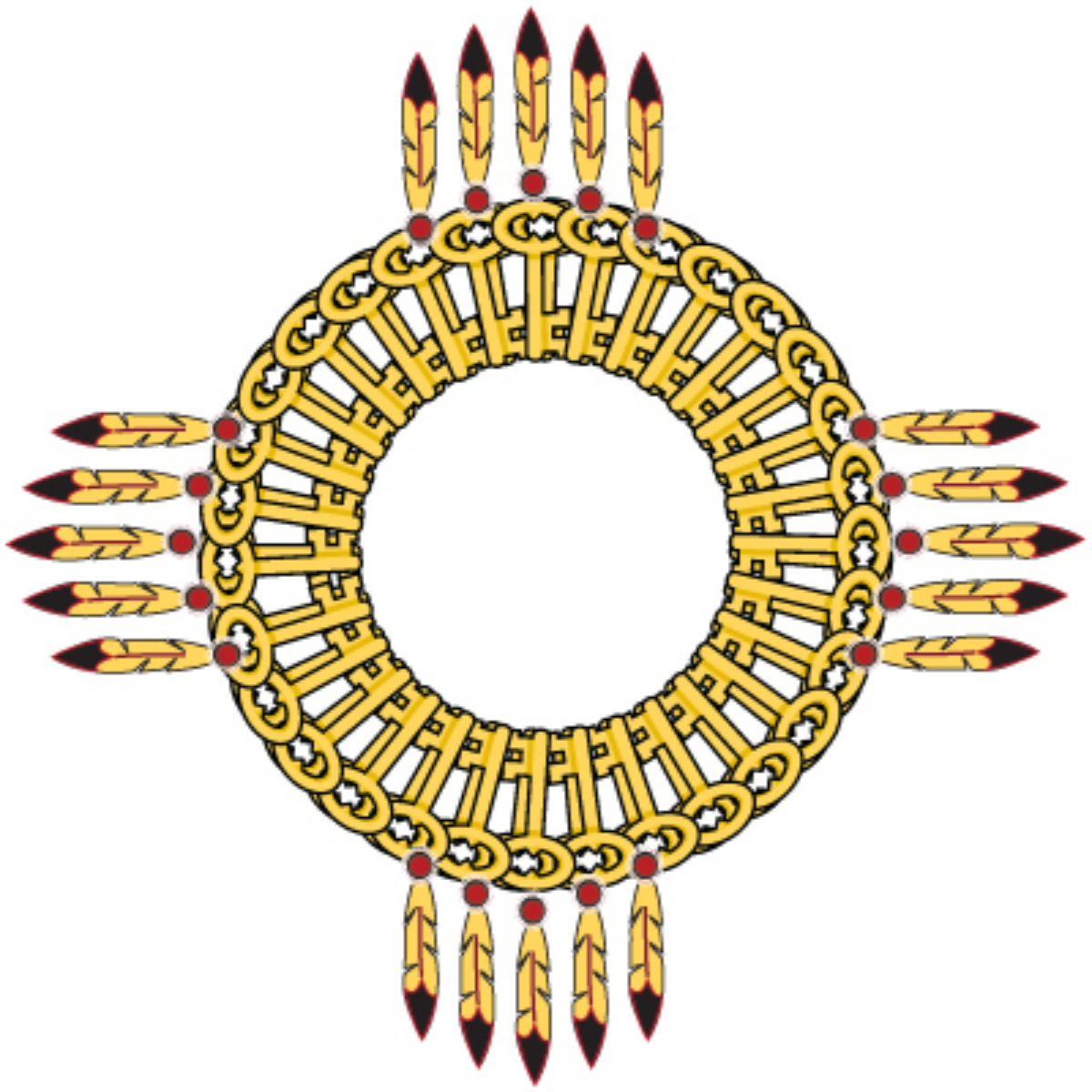Health and Wellness— The Medicine Wheel Way By Ralph P. Brown
Native Americans have an approach to health and wellness that stems from the belief that illness is related to more than the body. We believe that sickness is related to imbalance. Imbalance is not limited to the physical body but rather it is an extension of all the bodies – physical, spiritual, mental and emotional. In this article, I will introduce you to the Medicine Wheel and share with you my understanding of this as it relates to our health and well being. We will then go into depth on each of the bodies and you will learn to use and apply the Medicine Wheel in your life to create harmony and balance.
The Medicine Wheel is both a tool and a guide that was given to us by the Creator and used by Indian people for many things, including healing and wellness. In general terms, illness is the physical manifestation of spiritual, mental and/or emotional imbalance. It has been known for some time that stress and anxiety are linked to health. Our happiness and attitudes are an important part of healing when we do get sick. In the Great Wheel, everything is connected; all things are related. The approach to wellness is more holistic – one that looks at a larger picture for possible causes and solutions.
The physical, spiritual, mental and emotional bodies are represented in the four quadrants of the equilateral cross found in the center of a circle. This cross and circle are the symbols for the Medicine Wheel. The circle and/or glyph is symbolic of many things; in fact, they are symbolic of ALL things. The circle is perfection, balance, life, the Universe, infinite potential; the glyph is neither plus nor minus. All things are in and a part of this circle.
As a tool and a guide we can think of the Medicine Wheel like a map. Like a conventional map, there are reference points that serve as navigational landmarks or may be symbolic starting points that we know as the four cardinal directions – east, west, north and south. (There are actually six directions in the Wheel because there is also “above” and “below”, sometimes referred to by Indian people as the “above world” and the “below world”, or Father Sky and Mother Earth.) Each of the four bodies corresponds with the four directions.
The east corresponds with the physical, the south with emotional, the west with the spiritual and the north with the mental. An easy way to remember the way the four bodies relate to the four directions is to think of the Medicine Wheel like a human body. The head or mind (mental) is in the North, just as north is always “up” on a conventional map. The heart (emotional) is in the south just as the heart is lower in the human body. To remember the east (physical) and the west (spiritual), just remember that we depend on the sun for our literal physical existence. We need its light, its warmth and its energy to physically survive. Just as the sun rises in the east to provide for our physical needs and then turns into twilight as it slips into the west, so, too, can you think and be reminded of the spiritual connection to the west. You may have heard reference to the “twilight years” or maybe you have heard the term “the sun setting on your life”. Indians believe that when the spirit leaves the body that it goes into the west. The spirit returns to the spiritual realm.
All things are related and all things work together. Such is our health – physical, spiritual, mental and emotional. When you work with this knowledge and place your footsteps in harmony with this ancient wisdom, you will find power!
Our focus in upcoming articles will be on the four bodies and their interconnectedness to health. We will also discuss the two other directions – above and below. These represent the social and occupational aspects of our well-being
Ralph P. Brown (also known as Tawennihake) is a Mohawk Indian of the Akwesasne tribe. He currently resides in Nebraska, creating his art and delivering his message from Earth Lodge Studios. Visit his web site at www.mirroredwindows.com for additional insight, stories, lessons and visual creations related to many Native American stories. Copyright 2008. All rights reserved worldwide. Please contact the author at the website mentioned above for permission to reprint.
Tags:
all things are related,
Native American beliefs around health and wellness,
The Medicine Wheel

